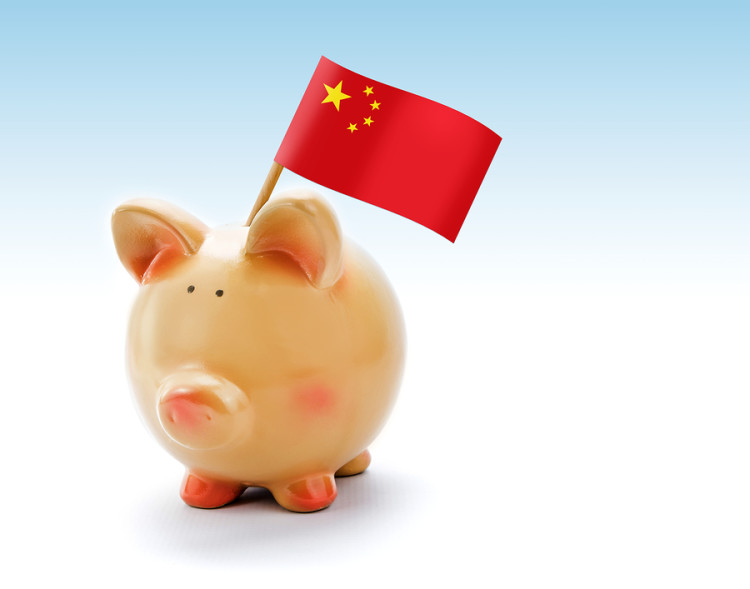China’s `Creative’ Way to Fight Outflows Unsustainable, S&P Says

(Bloomberg) —Beijing’s bid to rope banks into its quest to stem capital outflows wins top marks for creativity, but it won’t stem the tide in the long term, says Paul Gruenwald, the chief Asia Pacific economist at S&P Global Ratings.
The People’s Bank of China is said to have urged lenders earlier this month to issue more dollar-dominated debt offshore, in the hope that the repatriation of proceeds back to the mainland would help stanch declines in the country’s foreign-exchange reserves.
China’s reserves stockpile slid to $3.01 trillion at the end of 2016, from a record $3.99 trillion in mid-2014, as the central bank sold dollars to cushion the yuan’s retreat.
China is still in possession of the world’s biggest foreign-currency hoard, but current trends suggest that it could soon fall below $2.98 billion, a threshold that International Monetary Fund analysis suggests as the level needed to manage the exchange rate and open the capital account to cross-border flows.”The idea of letting Chinese banks finance capital outflows is a creative measure, but it’s not a sustainable solution,” Gruenwald said in an interview.
The central bank’s attempt to alleviate the pressure on its official reserves by nudging lenders offshore will end up “merely shifting” the burden, rather than easing it, he said. “If the PBOC sells some of its U.S. Treasuries, its assets fall and China’s net claims on the rest of the world fall,” Gruenwald said. “If banks borrow U.S. dollars from abroad, everything else is the same and their liabilities rise and China’s net claims on the rest of the world fall.”
He puts it succinctly: “Same result, different mechanism.”
Either way, banks issuing dollar debt would still lower the the nation’s net external assets, while leaving the issue of pressure on the currency market unresolved. To effectively stem the outflow of capital, China needs to employ a combination of measures, according to Gruenwald. As well as maintaining the capital controls that are currently in place, Chinese authorities should relinquish some more of its reserves and allow the yuan to depreciate further. The currency, which weakened 7 percent versus the dollar onshore last year, has edged up by more than 1 percent in 2017 amid a broader pullback in the U.S. currency. If the pressure from capital outflows increases, however, policy makers will have to allow the yuan to depreciate at a faster rate, as just instituting capital controls and eating away at the reserves both have downsides, Gruenwald said.
“Reserves are finite and the Chinese want the yuan to become an international reserve currency,” he said. “If the pressures become larger and more persistent, then the currency should be allowed to depreciate faster.”
To contact the author of this story: Narae Kim in Hong Kong at nkim132@bloomberg.net To contact the editor responsible for this story: Chris Anstey at canstey@bloomberg.net







No Comment